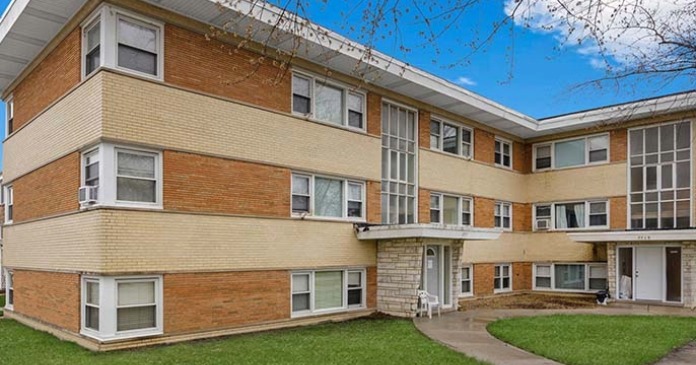The Mortgage Bankers Association (MBA) reported that multifamily mortgage debt outstanding rose by $19.88 billion in Q1 from the revised level of the quarter before. Total multifamily debt reached a level of $2.159 trillion. Compared to the year-earlier level, debt was up $87.3 billion (4.2 percent).
The growth in multifamily mortgage debt outstanding in Q1 was down 40.7 percent from the growth originally reported for Q4. In addition, the debt outstanding in Q4 was revised lower by $17.92 billion in the latest report.
The total of all commercial mortgage debt, including multifamily debt, outstanding at the end of Q1 rose 1.0 percent from its revised Q4 level to $4.810 trillion. Multifamily mortgage debt represented 44.9 percent of commercial mortgage debt outstanding.
Earlier, the MBA had reported that multifamily mortgage originations had risen 39 percent year-over-year in Q1. However, the Q1 2025 multifamily mortgage originations index was reported to be down 41 percent from its level in Q4 2024.
Pieces of the pie
The shares of multifamily mortgage debt held by various classes of lenders are shown in the first chart, below.

The largest share of multifamily mortgage debt was held by “Agency and GSE portfolios and MBS”. These are agencies, like the Federal Housing Administration and Government Sponsored Enterprises (GSEs) like Fannie Mae and Freddie Mac, who buy up mortgages and sell some of the debt as Mortgage-Backed Securities (MBS). At the end of Q1, the GSEs’ share of outstanding multifamily debt fell 0.1 percentage points from the revised level of the quarter before to 49.6 percent of the total outstanding. The GSEs held $1,072 billion in multifamily debt at the end of the quarter, up $7.49 billion.
Banks and thrifts, the second largest holders of multifamily mortgages, increased their multifamily mortgage holdings by $10.04 billion to $638.9 billion. Their share of outstanding debt rose 0.2 percentage points to 29.6 percent.
Life insurance companies were reported to increase their direct holding of multifamily mortgage debt by $1.93 billion from the revised level of the quarter before. They held $242.1 billion in multifamily mortgages at the end of the quarter. Their share of total multifamily debt outstanding was effectively unchanged from the revised level of the quarter before at 11.2 percent. However, this figure does not account for the multifamily mortgages these companies hold through commercial mortgage-backed securities (CMBS).
State and local governments held 4.4 percent of outstanding multifamily mortgage debt at the end of Q1, up 0.2 percentage points from the revised level reported for the previous quarter. They increased their holdings by $532 million to a total of $94.00 billion at the end of the quarter.
CMBS, CDO (collateralized debt obligations) and other ABS (asset backed securities) issuers decreased their holdings of multifamily mortgage debt in Q1 by $389 million to $61.55 billion. Their share of multifamily debt outstanding remained at 2.9 percent.
Who’s growing?
The next chart, below, plots the current share of multifamily mortgage debt outstanding for a given class of lender alongside that class of lender’s share of net new mortgage debt outstanding in Q1. When the latter share is greater than the former, that class of lender is increasing its share of outstanding multifamily mortgages.

Unlike last quarter, when banks and thrifts shrunk their holdings of multifamily mortgage debt, banks and thrifts dominated the increase in multifamily debt outstanding in Q1, accounting for 50.5 percent of the increase.
While the GSEs accounted for by far the largest share of the net increase in multifamily mortgage debt outstanding in Q4, their share of the increase in Q1 was much more modest at 37.7 percent. This is well below their share of current holdings.
Revised data from Q4 showed that life insurance companies reduced their holdings of multifamily mortgage debt in that quarter. By contrast, they increased their holdings in Q1, with a 9.7 percent rise. However, this is still lower than their total share of multifamily mortgage debt outstanding.
State and local governments increased their holdings of multifamily debt in Q1, but the increase was less than their share of outstanding debt.
Of the top 6 classes of businesses holding multifamily mortgage debt, CMBS, CDO and other ABS issuers was the only one to reduce its holdings in Q1.
The report does not cover loans for acquisition, development or construction, or loans collateralized by owner-occupied commercial properties. The full report also includes information on mortgage debt outstanding for other commercial property types. The full report can be found here.













